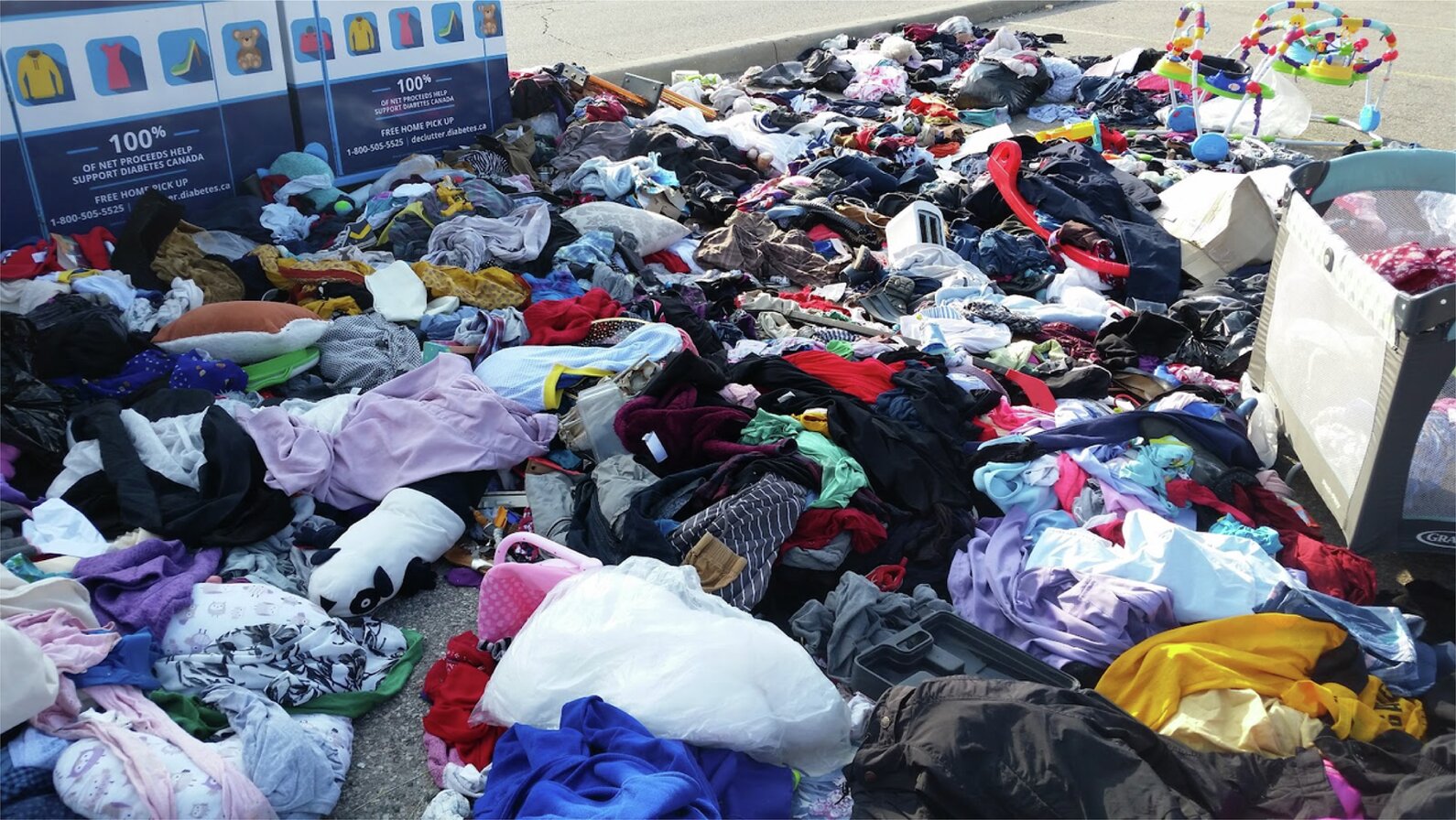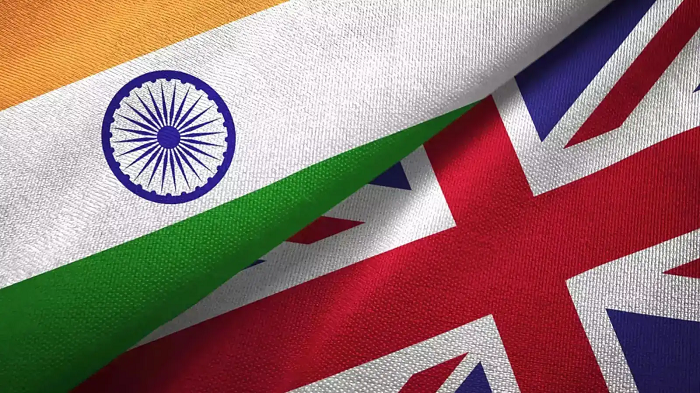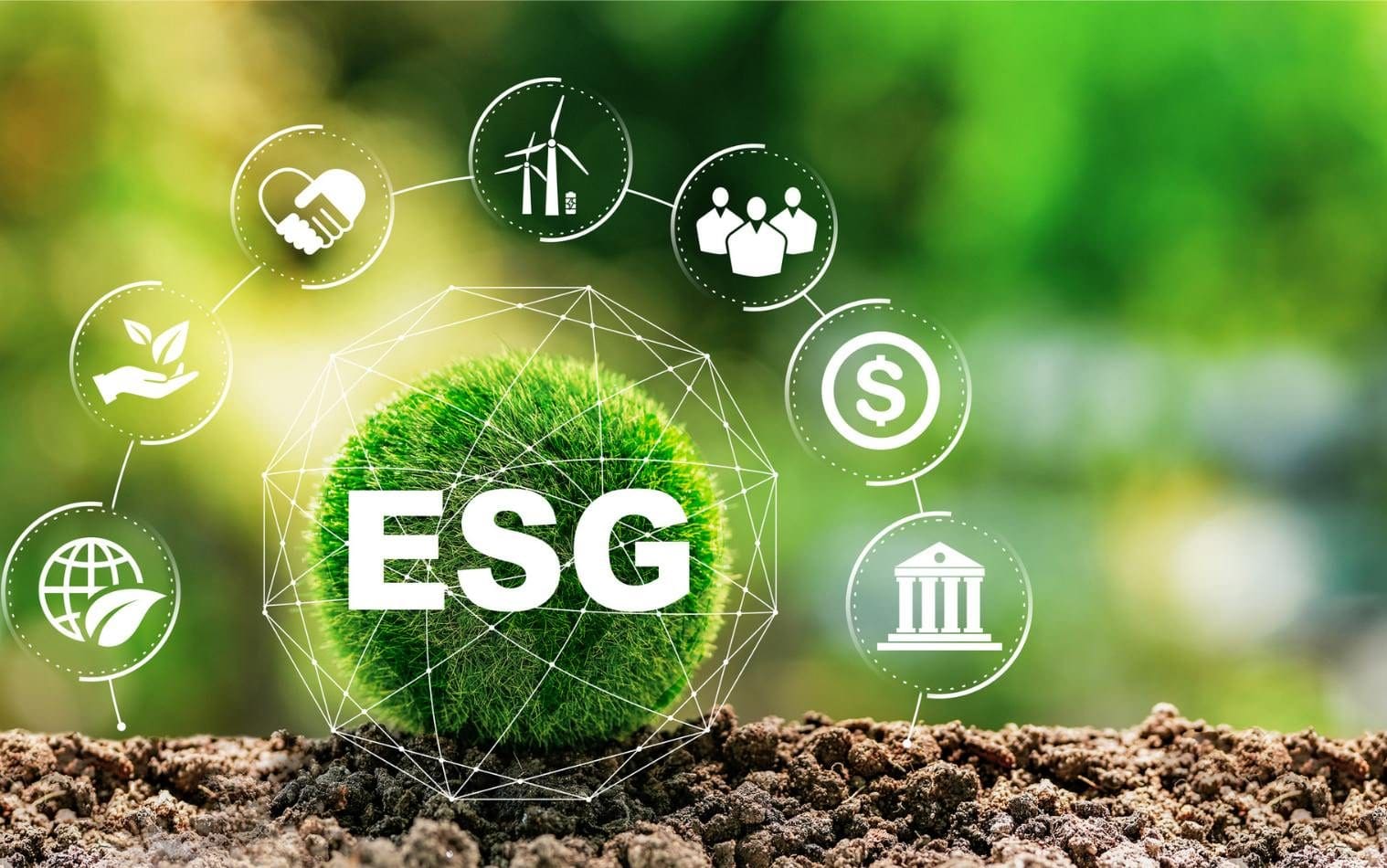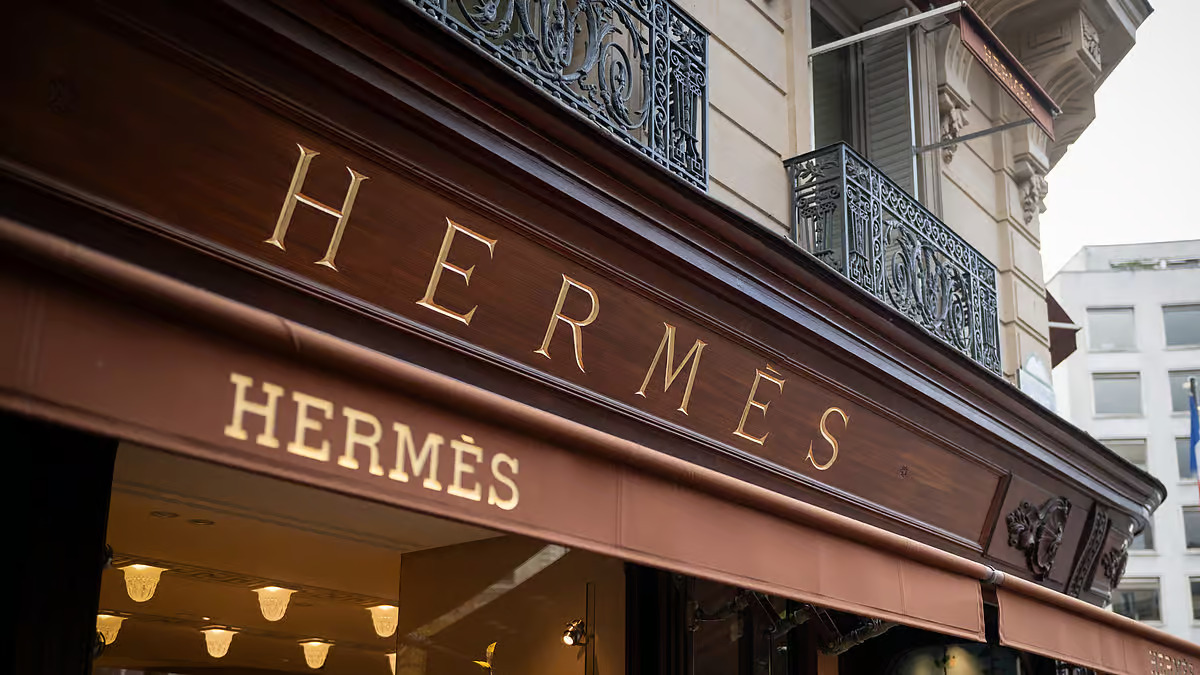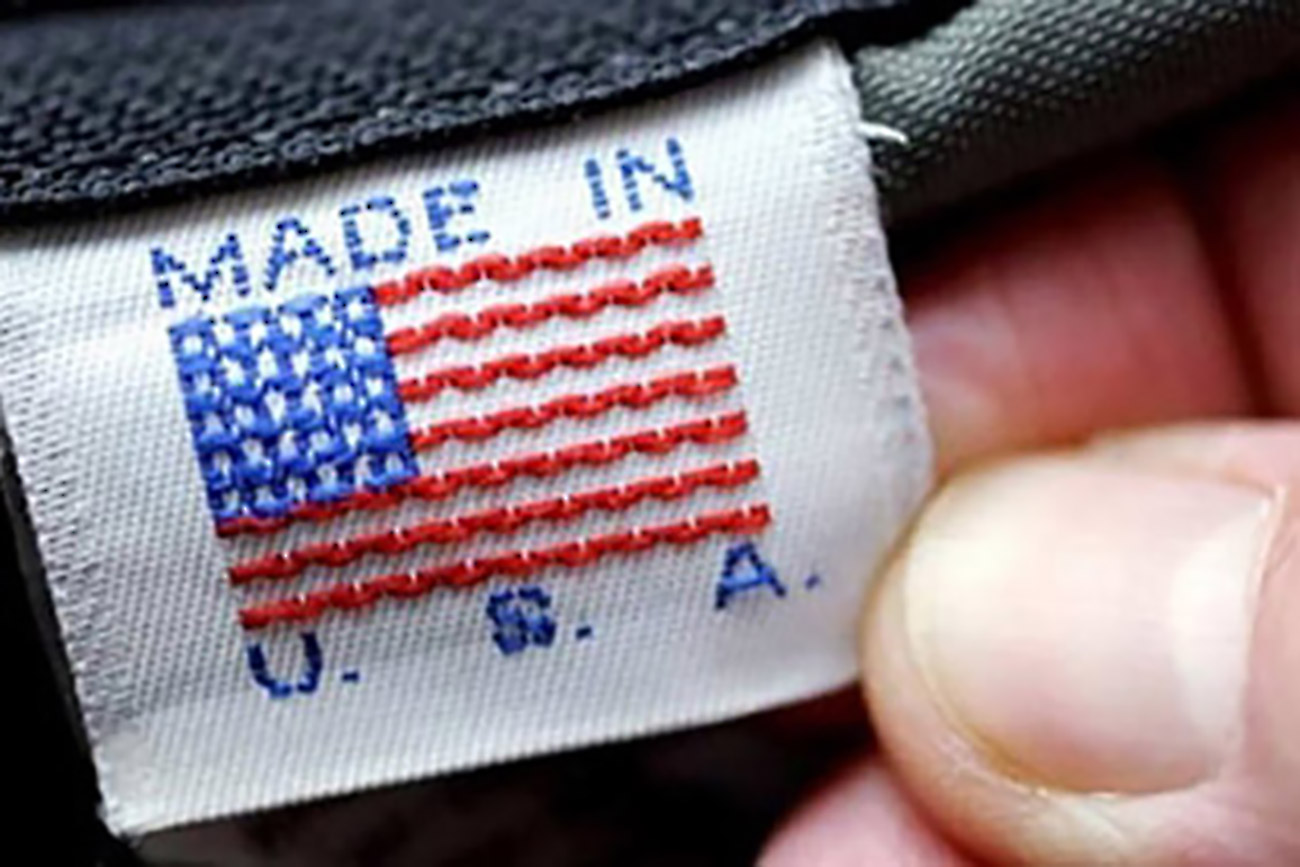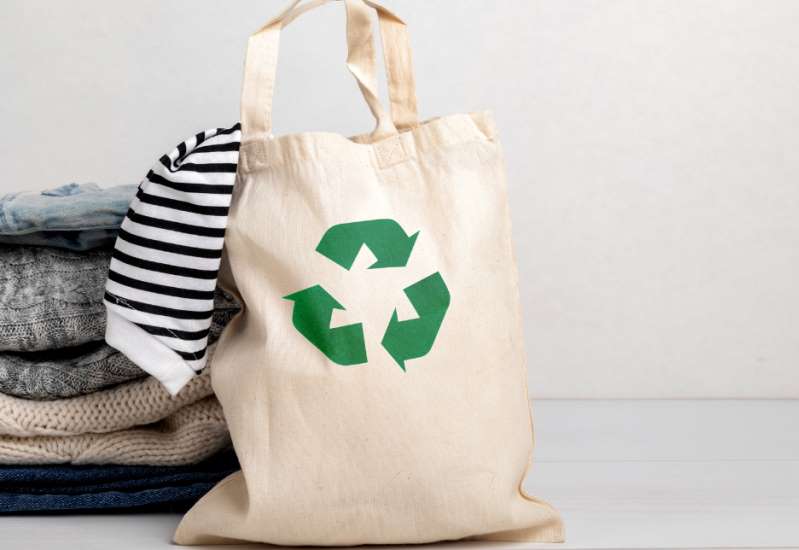FW
Indian textile stocks have performed well in the last one year. Out of the 52 textile stocks, 43 have fetched positive return on investments (ROIs) despite Indian textiles going through a lean phase since the last few years despite the government’s measures have done little to help the industry.
The industry is facing issues like falling exports of cotton yarn and apparel, growing competition from China, negative impact of global economic slowdown, mounting inventories, lack of capital infusion for technology upgradation and volatile stock markets among others for a long time.The ongoing Chinese economic slowdown is a fresh phenomenon, but the Indian textile industry, mainly cotton yarn producers and apparel exporters, are on tenterhooks since long on account of escalating raw material prices and falling overseas demand.
The shares of Blue Blends (India) generated a hefty return of 585.20 per cent in the last one year. Similarly, Premco Global has skyrocketed 305.86 per cent to Rs 765.25 from Rs 188.55 as on January 15, 2015. The more significant fact is that these ROIs have outperformed benchmark indices big time. In last one year, the S&P BSE Sensex and Nifty 50 have tanked by over 12 per cent, while the BSE Small cap Index, too, has plunged 4.69 per cent.
Indonesia intends to voice its concerns and negotiate a few issues with the Trans-Pacific Partnership (TPP) signatories before officially joining the US-led multilateral trade cooperation. It would take another year for TPP ratification to complete and during that time the country would thoroughly discuss its concerns surrounding the TPP. Under the state-owned enterprises clause, the TPP treaty requires member countries to ensure equal treatment for state-owned enterprises (SOEs) and private businesses, especially when SOEs receive government backing to engage in commercial activity. The country would negotiate the matter, especially given the fact that the Constitution mandated that the state was to control natural resources for the people’s welfare.
Textile business associations, meanwhile, highlighted benefits for Indonesia’s textile and footwear industry if the country joined the TPP as the products would be subject to zero per cent tax, making Indonesia competitive with regional counterpart Vietnam, which has joined the TPP.
To further review the benefits and negative impacts of joining the TPP, the Indonesian government will form teams to review future trade agreements and partnerships. Negotiations on the TPP were concluded in October last year by 12 signatory countries, namely Australia, Brunei Darussalam, Canada, Chile, Japan, Malaysia, Mexico, New Zealand, Peru, Singapore, Vietnam and the US.
Intertextile Shanghai Apparel Fabrics will take place March 16 to 18, 2016. This is Asia’s most comprehensive trade fair for apparel fabrics and accessories. Over 3,000 exhibitors from around the world will participate. Buyers can easily access their target products in the new venue, and as such, a number of pavilions and product zones will be featured.
Some of France’s leading suppliers have already confirmed to take part, including Malhia Kent with its fabrics for luxury pret-a-porter and haute-couture, as well as high-end lace and embroidery producer Solstiss Sarl.
The France Zone is located inside Salon Europe, which is the destination to find high end apparel fabrics and accessories producers from Europe. Some of the leading brands returning to the fair this year include Miroglio Textile from Italy, Turkey’s Soktas Tekstil and Liberty Art Fabrics from the UK. And a highlight for many buyers at the fair is the Milano Unica Pavilion from Italy, which this year features around 100 of Italy’s best textile producers showcasing their latest collections for women’s wear and men’s wear.
The Japan Pavilion returns with over 20 exhibitors, while the Korea Pavilion will feature a large selection of man-made and functional fabrics. Taiwan Pavilion houses over 50 exhibitors of accessories, cotton, denim, embroidery, jacquard, knit, lace, polyester, spandex and wool blended and woven fabrics.
India’s largest textile park will come up in Telengana’s Warangal town. The cotton-to-garment park will be set up in an area of 2,000 to 3,000 acres. While textile parks in different parts of the country like Solapur, Tirupur and Surat are engaged in manufacturing specific categories of garments, the park in Warangal will cover all segments. The international standard park will also have an apparel park for readymade clothing.
The government will promote the park in collaboration with various companies. With a major railway junction in Warangal, and the possibility of an airport, the textile cluster is expected to have tremendous potential.
With a population of 10 lakh, Warangal is the second biggest city in Telengana after Hyderabad. The park with a township will increase Warangal’s population by four to five lakhs in three to four years.
About 70 parks have been approved under the Scheme for Integrated Textile Parks. The aim is to attract investment, generate employment and make the textile manufacturing industry globally competitive and India a world leader. However, textile parks face difficulties in getting environmental clearances in several states. In a number of cases, entrepreneurs face difficulties in getting land, in getting clearances, in getting electricity connections.
Considering the slowdown in India’s textile and apparel exports growth, the Ministry of Textiles has recommended several measures to improve the situation of the industry. As per the latest figures, textile and garment exports rose 0.6 per cent to almost $18 billion in the first half of the current fiscal from the previous year.
The textile and garment exports target $47.5 billion for 2015-16 with a projected growth rate of almost 14 per cent from a year before. However, the targets are set to be missed as Indian exporters are facing turmoil in global market not only because of the competition but also because of policies that have not rendered positive results. Most exporters, small, medium and big strongly feel that if the government works on improving some areas it will definitely bring positive results.
Some of these are: reduction of excise duty on man-made textiles from 12 per cent to 6 per cent; enhancement of market coverage under the Merchandise Exports from India Scheme (MEIS); upward revision of duty drawback rates as well as value caps; continuation of interest subvention scheme and expanding its scope; and providing working capital at 7 per cent to exporters under priority sector lending.
Of these, the government has taken action on recommendations related to MEIS, duty drawback (rates were raised by 2 per cent for textile products in November) and interest subvention. The Ministry of Textiles realising the potential impact of FTAs, including TPP, where the inclusion of a significant apparel producer, Vietnam, in TPP has the potential to shift global trading pattern, as Vietnam will get duty-free access to the US, Canada and Australia.
Suryalakshmi Cotton, the third largest denim fabric producer in India, has reported a 3 per cent dip in its Q2 revenues. The company recorded total revenue of Rs 180 crores in Q2 2015-16, down three per cent compared to the same quarter of previous year. However, profit before tax increased by a healthy 18 per cent and stood at Rs 9.50 crores, as against Rs 8.03 crores from the year-ago period. The company earned profit after tax and EPS of Rs 6.97 crores and Rs 4.18 respectively for the quarter as compared to Rs 5.85 crores and Rs 3.51 in Q2 of FY 2014-15, a robust growth of 19 per cent.
Growth is primarily attributed to the company’s strategic focus on product innovation, especially the value added denim range. They launched over 100 new denim fabric variants with a combination of new dyeing and fibre technologies. The new offerings received a positive response from existing as well as new customers with orders increasing. The company’s major capacity expansion of 26,000 spindles at Amravati in Maharashtra was completed during the quarter and production of value-added fancy yarns commenced.
The Amravati is equipped to meet the company’s fancy yarn requirements and 40 per cent of its production will be for captive use at the denim fabric plant in Nagpur. An annual revenue of Rs 150 crores plus is expected from this plant alone. Further, the unit also expands the company’s scope to invest in R&D, enabling it to be in sync with the latest global trends in denim and to cater to international and domestic fashion demands effectively. The balance 60 per cent production of these high-end yarns would be sold to global and domestic customers.
The recently concluded Garmentech Bangladesh 2016 at Dhaka, and International Yarn and Fabrics Sourcing Fair and GAP Expo-2016 witnessed global participation with almost 300 exhibitors and delegates coming together from all over the world.
The trade fairs gave a glimpse of the country’s growing production base which covers jean manufacturing and yarn and accessories. Sustainability and technology gained importance as major technology providers highlighted technology driven, high efficiency equipments like power-saving cutters, power-saving motors for sewing machines, boilers that run on garbage etc. In the sewing segment, advanced sewing machineries were showcased which do not require feed from the operator’s foot instead, the needlepoint is guided by a sensor for detecting the fabric plies and it is done based on the programmed stitch length and SPI, deskilling the operation and reducing the material handling.
To achieve better efficiency and volume, Bangladeshi exporters are now gradually moving towards backward integration. Hence, experts forecast a greater demand for yarn in Bangladesh in the coming years. Exhibitors say the new venue proved fruitful and the quality of visitors had also improved. From decision makers to procurement teams, merchandisers and technical teams of export houses the crowd was varied. Exhibitors were happy about the quality of visitors, as they got more time to spend.
Indian fabric manufacturing firm Siyaram Silk Mills which forayed into readymade garments with the brand Oxemberg, witnessed an exceptional rise of 169.3 per cent in net sales at its garments division during last five fiscals, according to the company's annual reports.
The net sales reported for the fiscal 2010-11 at the readymade garments division of Siyaram Silk Mills was Rs 898.915 million, which increased to Rs 2,420.793 million in fiscal 2014-15. Net sales at the readymade garments division increased by 29.75 per cent year-on-year during 2011-12 to Rs 1,166.372 million and by 76.05 per cent during 2014-15 to touch Rs 2,420.793 million.
Oxemberg sold 1.923 million pieces of readymade garments in fiscal 2010-11, which increased to 3.883 million pieces by 2014-15. exceptional growth in readymade garment division is due to high profit margin in the segment which caters to mass markets. Usually, demand for such goods in not affected by changes in market conditions, according to analysts.
The percentage share of readymade garment’s division in total turnover of Siyaram's was recorded at 17.82 during the fiscal 2014-15
West Bengal is looking setting up a dozen textile parks. The state hopes to emerge as a major textile hub. These parks would be provided land, infrastructure, single window clearance, environment compliant infrastructure, power, apart from a host of subsides (capital, land, stamp duty, labor, power etc).
With time West Bengal hopes to be a leading destination for globally competitive value-added textiles like readymade garments, processed power loom and knitted fabrics, technical textiles and apparel products for both domestic and international markets. The textile parks envisage a space of 22.7 million sq. ft. The government has received ‘Expressions of Interest’ for more than 50 per cent of the space offered.
West Bengal has many manufacturers, but there is no major brand except a few. The retail sector needs to be standardised. To provide an enabling ecosystem to support and nurture start-ups in the state, West Bengal has also launched the state start-up policy.
Bangladesh is planning to shift a large distribution depot from Gujarat to West Bengal. Industry has been invited to come forward and assist the government in achieving the desired goal with suggestions and ideas. Every plan and program will be institutionalised so that the process is not disturbed in future.
Jute prices are rising in India. Jute is one of the cheapest items India produces. But the jute industry is facing huge losses and a fall in production due to floods in West Bengal last year. Raw jute prices have already touched an unprecedented high of Rs 54,000 a ton, twice the level of Rs 27,000 per ton in the year-ago period. It is feared that raw jute prices may reach the level of Rs 60,000 a ton.
With jute products having become costlier, their prices may shoot up further as the Center is contemplating a decrease in subsidy on the golden fiber. Due to the current steep hike in price of raw jute, the price of jute bags has also increased, resulting in a higher burden of subsidy to be given by the central government for purchase of jute bags.
Even after the drive by West Bengal for de-hoarding of raw jute stock, prices have further increased since November 2015. In order to check the possible price rise of jute bags and reduce the burden of subsidy on the Central government, prices of raw jute bags may be capped at the level of average price of November 2015.


